Cats have captivated human hearts with their mysterious charm and independent nature. Their mysterious personalities and adorable looks have made them incredibly popular pets. In this article, trendwizz.com will explore 10 Mind-Blowing Facts about Cats That May SURPRISE You
Other Topics You Might Like
Helpful Products You Might Like
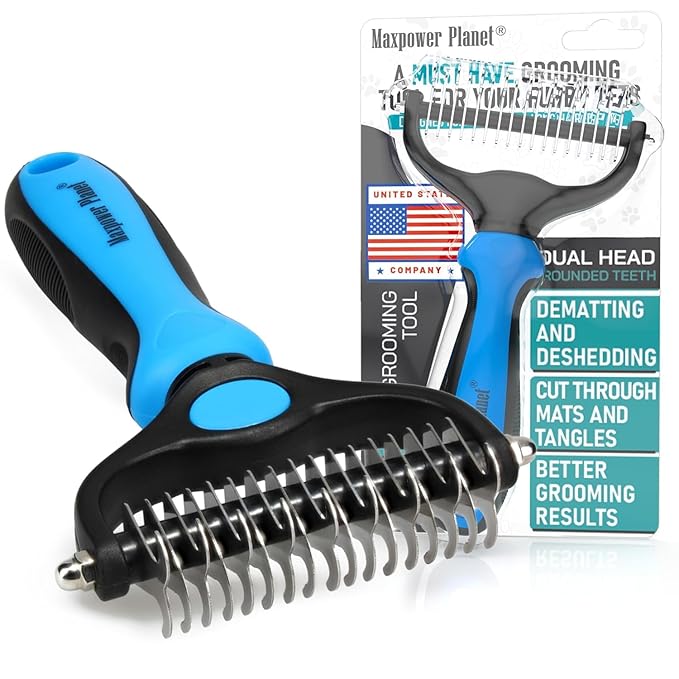
Maxpower Planet Pet Grooming Rake For Cats
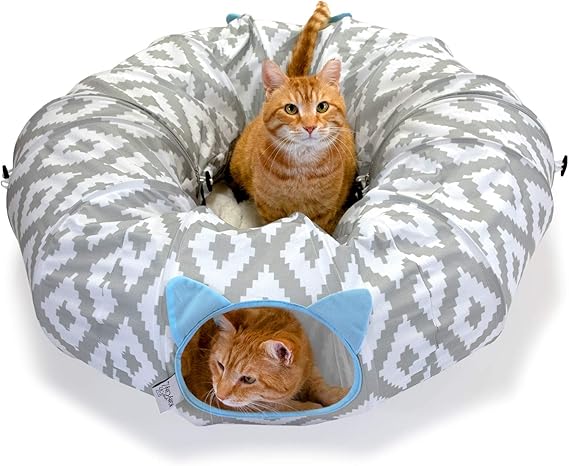
Kitty City Large Cat Tunnel Bed
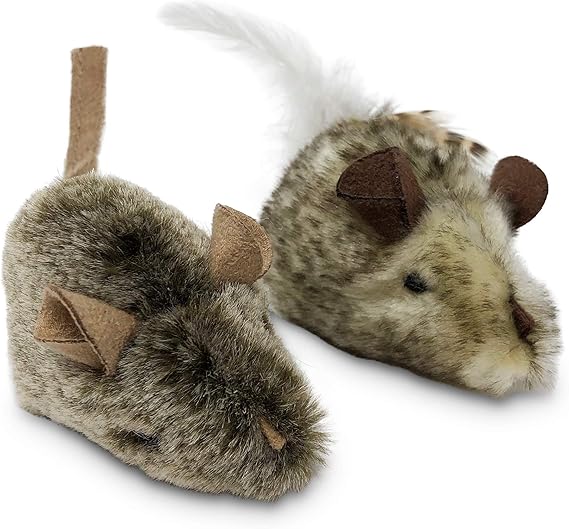
OurPets Twice the Mice Play-N-Squeak Cat Toys
"(Paid Links)" 
Cats Can Make Over 100 Different Sound
Although dogs have a wide range of vocalizations, cats also have a good reputation in this department. According to research, a domestic cat can produce over 100 different sounds. These vocalizations help cats communicate with their human companions more effectively, such as by purring, growling, hissing, and meowing.
Cats can rotate their ears 180 degrees
Cats are known for their unique hearing abilities, and one of the most impressive things about their ears is their ability to rotate 180 degrees. Unlike humans, who have ears that are fixed in place, a cat’s ears are connected to a set of more than 30 muscles that allow them to move independently and with great precision.
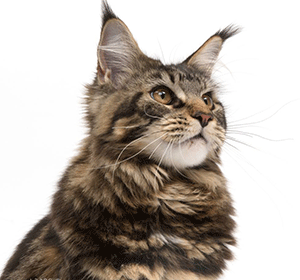
Cats have a third eyelid
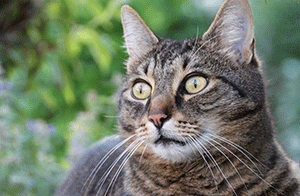
Cats have a unique third eyelid, which is a thin, translucent layer of tissue that is located at the inner corner of their eyes. Unlike the other two eyelids, the nictitating membrane moves horizontally across the eye, rather than vertically, and is rarely seen in cats unless they are sick or feeling stressed.
The main function of this third eyelid is to protect the cat’s eye from injury and to keep it moist. It works as an extra layer of protection, helping to shield the eye from dust, debris, and other irritants that could cause damage. The third eyelid also contains special glandular tissue that produces a significant portion of the cat’s tear film.
A Cat’s Nose Is as Unique as a Human’s Fingerprint
Like human fingerprints, each cat’s nose has a unique pattern of ridges and bumps. This means that a cat’s nose print can be used to identify them, much like human fingerprints are used in forensic science. If you ever doubt your cat’s identity, their nose might be the key to solving the mystery!
Cats Have a Special “Vocalization” Just for Humans
Cats often use a particular type of meow when communicating with their human companions. This vocalization is distinct from the meows they use with other cats. It’s believed that this particular meow is explicitly designed to get human attention, demonstrating how cats have adapted their communication strategies to fit their human families better.
Cats Can Run Up to 30 Miles Per Hour
If you’ve ever tried to chase your cat, you might have noticed how quickly they can dart away. This speed is no accident. Domestic cats can run up to 30 miles per hour, making them incredibly agile hunters. This burst of speed is a remnant of their evolutionary need to chase down prey in the wild.
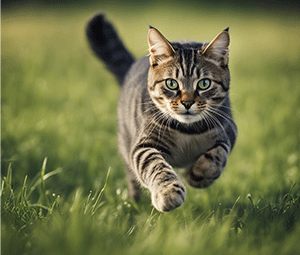
A Cat’s Whiskers Are Highly Sensitive
Cat whiskers are much more than just cute features. They are highly sensitive tactile hairs called vibrissae that can detect even the slightest changes in the environment. Whiskers help cats gauge the width of openings, detect nearby objects, and even sense changes in air currents, which can be crucial for navigation, especially in the dark.
A cat’s purr can help to heal bones
Although it sounds like a muth, but itis an interesting fact that cat purr can have healing properties. Vibrations produced by cat purr can heal the bones. thefrequency of cat's pur is between 25 and 150 Hertz that has been shown to promote bone growth and healing.
In addition to healing, a cat’s purr can also reduce stress and promote relaxation, both of which positively affect overall health and healing.
Cats Can “Sweat” Through Their Paws
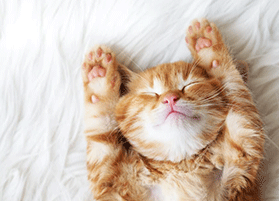
Cats’ sweating method differs from humans; they can excrete sweat through their paw pads. This is more noticeable on hot days or when a cat is stressed or anxious. The sweat helps with temperature regulation and can sometimes be observed as damp paw prints on surfaces.
The World’s Oldest Cat Lived to Be 38 Years Old
The average lifespan of a domestic cat is around 15 years, but there are exceptional cases of cats living well beyond this. The world record for the oldest cat belongs to Crème Puff, a Texas feline who lived an astonishing 38 years. This remarkable lifespan is a testament to the advancements in pet care and the loving attention of dedicated owners.
